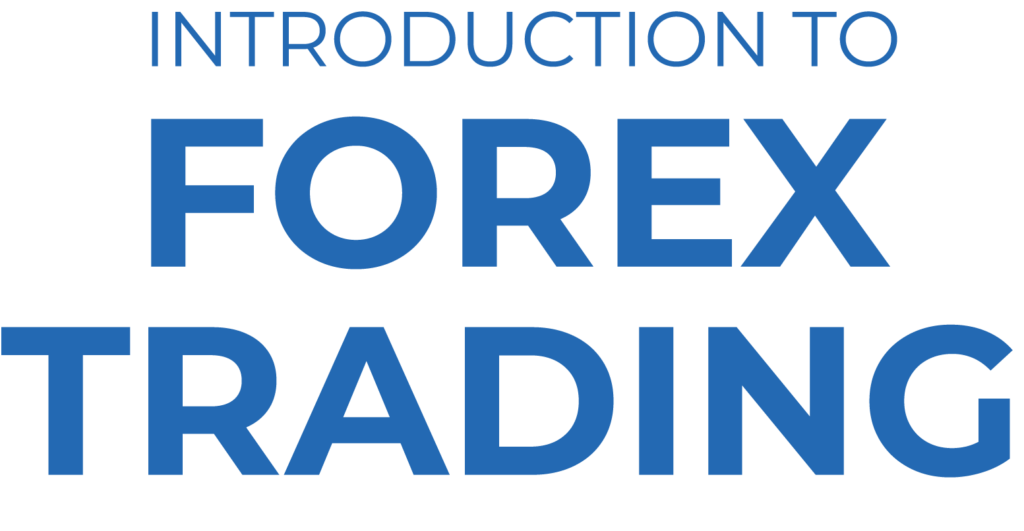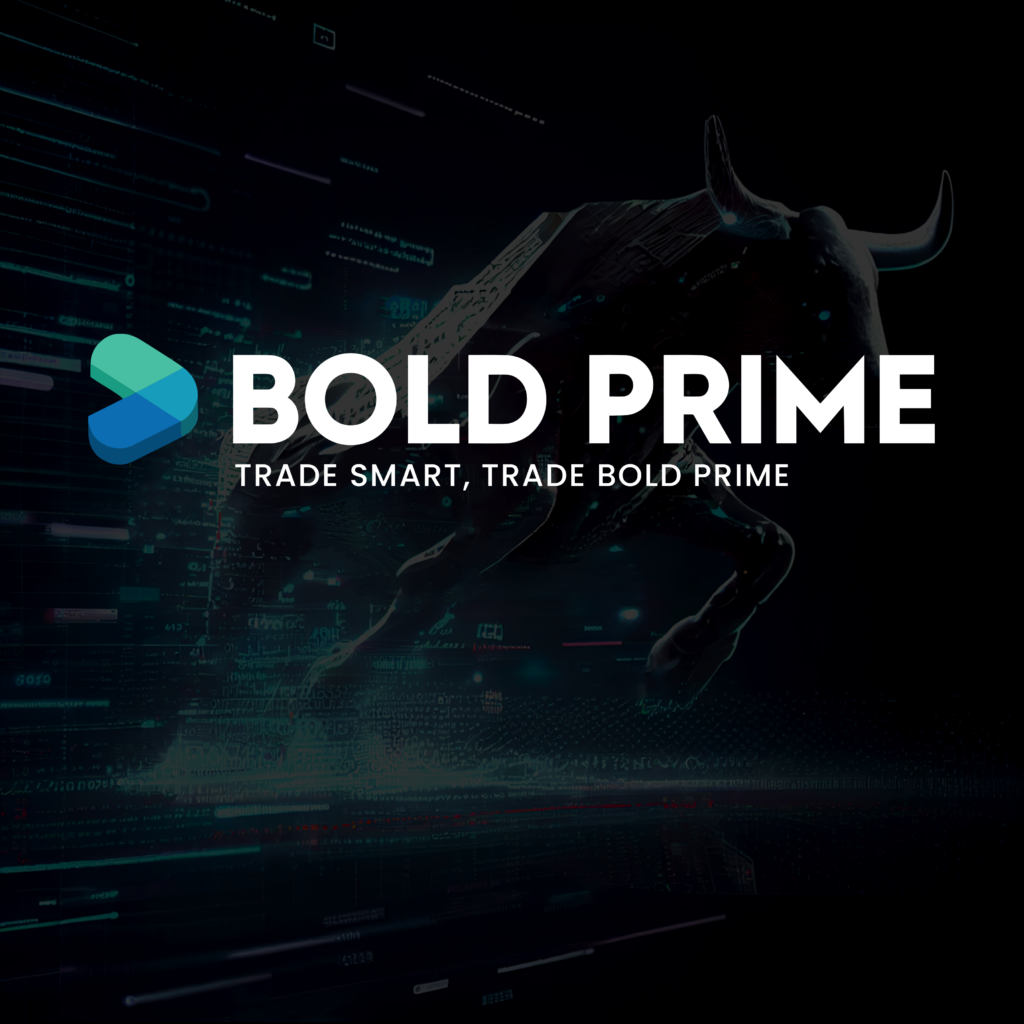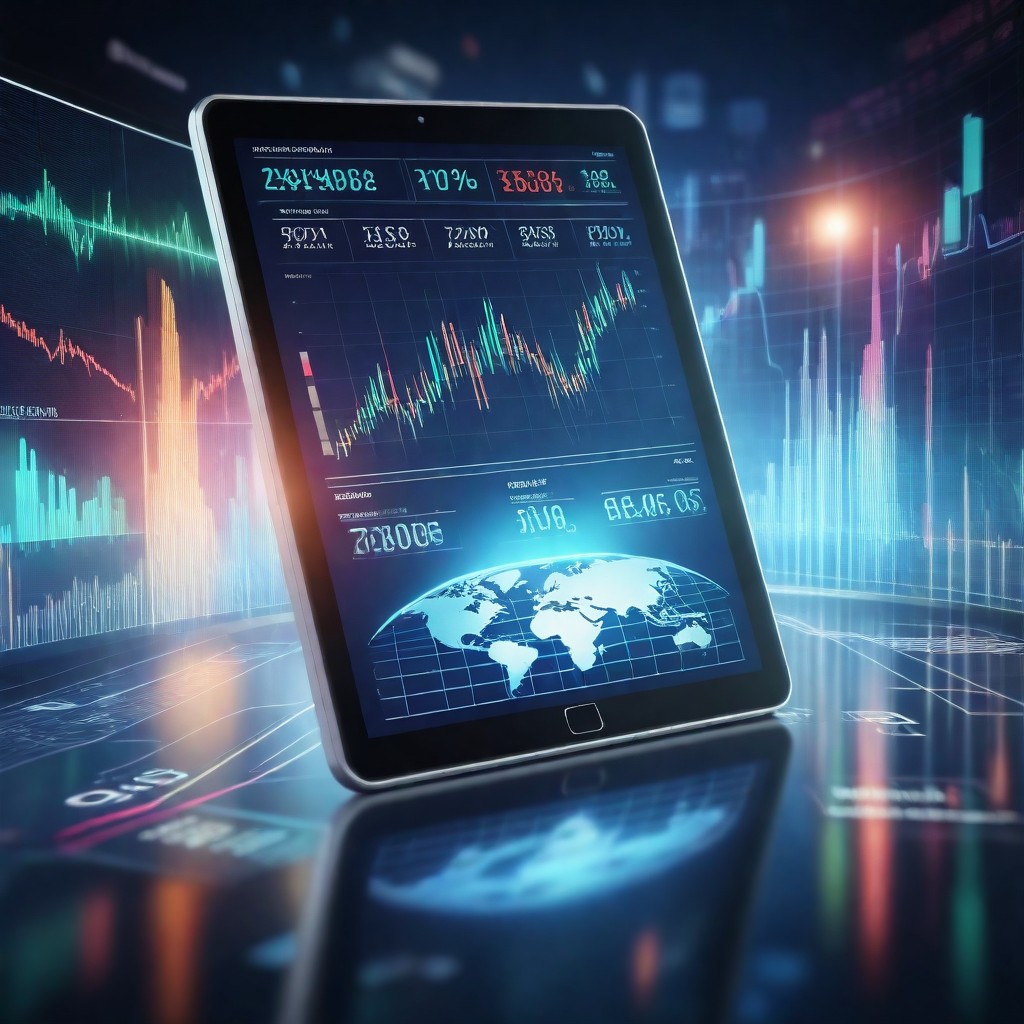

COURSE OVERVIEW
Description
Find out what Forex trading is all about, why people choose to trade it, and what occurs when you make a Forex trade.
Everything from a basic understanding of how Forex works to choosing amongst the many currency pairs that make up Forex exchanges, how currencies are listed on Forex exchanges, what is the difference between the base currency and the quote currency and what is the relationship between the worldwide Forex markets. We'll also go through the various reasons why someone might trade Forex rather than another investment platform, as well as the benefits and drawbacks of doing so.
SYLLABUS
INTRODUCTION TO FOREX
LEVEL
FOUNDATION
STATUS
STANDARD
As Forex trading has become so popular, and Forex firms advertise their services all over the internet, traders should learn everything they can about the currency market before selecting a Forex broker. The name “Forex” refers to the Foreign Exchange market, which is the “space” where millions of individuals all over the world trade different currencies on a continual basis.
It’s not that difficult to comprehend the notion of Forex trading. To be able to pay for a native service or product, tourists travelling from one nation to another must convert their own currency. A British tourist who is visiting the Great Wall in China would be completely unable to utilize their currency because the British Pound cannot be accepted in China. The British tourist is going to have to convert their Pounds for Chinese Yuan at the present exchange rate for the day.
Citizens in one nation trade currencies with citizens of another country every time they buy foreign goods, even if they have no prior knowledge of Forex trading. Someone in Japan, for example, may pay in Yen to purchase an American-made guitar, but the guitar has already been paid for in Dollars. Either the guitar luthier or the Japanese importer had to have transferred the equal value of Japanese Yen into US Dollars somewhere along the way.
There is no central marketplace for foreign currency, unlike the New York Stock Exchange or other stock exchanges. Instead of trading on a single centralized exchange, currency trading takes place electronically over-the-counter (OTC), which implies that all payments are made via networked computers among traders all over the world. The market stays open for 24 hours a day, 5 days a week.
The fact that currencies need to be exchanged is the fundamental reason why the Forex market is the world’s biggest and most liquid financial market. With an average traded value of approximately 2 trillion US Dollars every day, it exceeds other markets, including the stock market. Knowing the scale of Forex trading ought to be enough of an introduction to Forex trading to entice the enthusiastic investor to deposit funds and begin trading.
Traders that trade on the Forex market may make loads of money. The more Forex trading knowledge a trader absorbs, the more favorable the outcome will be. Gain more knowledge about Forex trading and what is traded on the Forex markets in our next lesson.
With the rising popularity of Forex trading, many investors are beginning to ask whether this is the best option. These are some of the reasons that can be considered in response to this question.
Diversification is among the reasons that people trade Forex. Every skilled investor has to diversify by asset classes and sectors, and they also require accessibility to assets in numerous currencies, as well as a grasp of what drives Forex patterns.
Certain currencies have a tendency to move in sync with commodity prices. Commodities exposure is a way of hedging currency risk and playing Forex trends, hence commodities are often dealt with by both Forex brokers and traders. While they are independent asset classes, commodity trading and investing are sometimes included in Forex trading.
The risk-adjusted returns on Forex are greater. For market participants, Forex is one of the most lucrative investment vehicles. While Forex has a reputation for being a high-risk, short-term investment, there are trading strategies that are acceptable for both short and long-term traders.
To limit risk, more conservative active traders utilize longer holding periods and specialized procedures and tools.
Long-term investors know how to:
- Profit from long-term Forex trends that are reliable and established.
- Earn a consistent income by dividend stocks, trading currencies, or investing in bonds and other income sources.
The use of leverage, or borrowed funds, to manage big blocks of currencies offers higher returns and losses for those ready and eager to bear more risks and comprehend why Forex has become so easy to apply. For individuals with little trading capital, leverage offers unrivaled profit potential, but only if they learn to manage the negative risks. With 100:1 leverage, for example, a 1% move results in a 100% profit. It also entails a complete loss. Why would you trade Forex if you didn’t have this ability?
You may grow your capital with leverage significantly quicker than in other markets if you know how to handle the risk of excessive leverage. That is why, in comparison to other alternative investments, Forex has grabbed center stage.
In a declining market, a Forex trader may profit just as readily as in a growing market.
Let’s continue as to why people opt to trade Forex.
Knowledge on Forex trading can help you become a better investor and trader. Changes on the Forex market are often ahead in comparison to other markets. This can be used as a useful signal in the direction of other markets.
The working hours of the Forex market are also a big advantage of the platform. The market is open 24 hours a day, 5.5 days a week, from Sunday 5:15 p.m. Eastern Standard Time (EST) until Friday 5:00 p.m. Eastern Standard Time (EST).
‘Liquid market’ would be a term that is often attributed to Forex trading. Liquidity is used to describe how much activity there is in the market. The more transactions and buyers & sellers there are, the more liquid a market is. Higher liquidity means that it is more likely to get a fair market price when you make a transaction, since it is less likely that a couple of big players can manipulate prices for their own gain. Forex being a liquid market means even the biggest players will have trouble manipulating the price action in major currency pairs beyond a few short hours.
The Forex market is attractive to traders because it is decentralized without specialists having a monopoly power to control prices.
For most stock markets, the specialist is an individual who acts as a buyer and seller of last resort and controls the spread, which is the difference between the buy and sell price for a given stock. Technically, they are regulated and overseen to make sure that they do not use their power to manipulate prices, but experts are notorious for recognising when they can get away with a certain amount of manipulation and compel you to buy higher or sell lower.
No single specialist supervises the values of particular currency pairings in Forex trading. Instead, a number of exchanges and brokers are vying for your business. Another advantage of trading Forex is the high liquidity and decentralized markets, which result in less slippage.
The difference between the price displayed on your screen and the price you pay or receive is known as “slippage.” Because fewer traders are present to take the opposing side of your trade in a less liquid market, slippage is more likely to happen.
Forex markets are less susceptible to slippage because they are usually highly liquid, typically operating at full speed on at least one, if not two, continents. They also have no specialists influencing pricing because they trade 24 hours a day, five days a week, and in much bigger quantities than stock trading.
Many Forex market makers, in fact, have a “no slippage” policy in place, which reduces price volatility.
Buying and selling a piece of a company’s stock is similar to buying and selling a chunk of a country’s currency in Forex trading. The value of a currency is a direct reflection of how the market views the current and future health of that country’s economy in comparison to that of other countries.
When you buy an Australian Dollar, for example, you are effectively purchasing a portion of the Australian economy. You have made a profit when the price of the Australian Dollar changes in respect to another currency and you properly forecast the changes in direction. If you buy a football in Europe for 10 EUR (Euros), using a conversion rate of $1.00 to 2.5 EUR, the football will cost you $4.00. If you bring it to Los Angeles and want to sell it to an L.A. football team, but the conversion rate has changed to $1.00 = 3.00 EUR, your ball will be worthless. With the exchange rate of .50 EUR to the Dollar, the $4.00 you thought you spent on the ball is now only $3.33. Your football has depreciated in value, and you’ll need to raise the asking price if you want to make a profit on the sale.
The symbols used with currency pairs are always three letters long, with the first two letters identifying the country’s name and the third letter identifying the currency’s name. The US Dollar is abbreviated as USD. The Japanese Yen is abbreviated as JPY.
The following are the key currencies in the currency pair lists: EUR/USD, USD/JPY, GBP/USD, USD/CHF, which involve the Euro, US Dollar, Japanese Yen, Pound Sterling, Australian Dollar, Canadian Dollar, and the Swiss Franc. “Crosses” are currency pairs that are not paired against the US Dollar. Here are some instances of crosses; AUD/NZD, Aussie Dollar vs. the New Zealand Dollar; EUR/AUD, Euro vs. the Australian Dollar; EUR/CAD, Euro vs. the Canadian Dollar; GBP/JPY, British Pound vs. the Japanese Yen.
In addition, there are two further options: XAU/USD, for gold; and XAG/USD, for silver. Because gold and silver are actual commodities, they can also be considered “commodity currencies.”
Many people believe that these currency pairs are the ones that drive the global Forex market and are the most heavily traded. Some traders believe that the USD/CAD and USD/AUD currency pairs should be considered major currency pairs as well. These two pairs belong to the so-called “commodity pairs” group of pairs.
The “base currency” is the first currency in a currency pair, whereas the “quote currency” is the second currency. The currency pair depicts the amount of the quote currency required to buy one unit of the base currency.
Although all Forex deals entail the simultaneous purchase and sale of one currency for another, the currency pair can be thought of as a single unit, a product that can be bought or sold. You buy the base currency and sell the quote currency when you buy a currency pair. The bid (buy price) is the amount of quote currency required to obtain one unit of the base currency. When you sell a currency pair, you sell the base currency and get the quote currency in return. For selling one unit of base currency, the ask (sell price) for the currency pair represents how much you will earn in the quoted currency.
Here’s an example: When you buy a USD/CHF currency pair with a quote of USD/CHF = 0.97, it means that for every 0.97 Swiss Francs you sell, you buy (get) US$1. You’d get 0.97 Swiss Francs for every Dollar you sold if you sold the currency pair. CHF/USD is the inverse of the currency quote, and the associated price is CHF/USD = 1.03, which means that US$1.03 will buy 1 Swiss Franc.
The price of anything purchased and sold in a free market like Forex fluctuates solely due to supply and demand variations. There is no other explanation for market price fluctuations. Consider the Euro’s exchange rate against the US Dollar, which, for example, is currently 1.0522. This means that one Euro costs 1.0522 US Dollars. Let’s imagine a bank places a market order to acquire 500 million Euros immediately at the best available market price. This is a large order, and it raises the supply of US Dollars and the demand for Euros in the market dramatically. If nothing else happens, the EUR/USD will almost certainly soar beyond 1.0522. This is because the Bank’s buy order at 1.0522 will consume all selling orders at 1.0523, and so on, until the order is fully filled and the Bank receives the 500 million Euros it requested.
Now it’s possible to see that no transaction can be completed unless someone is willing to take the opposing side. In order for the Bank to receive its Euros, someone else must be willing to exchange their Euros for US Dollars. Even when we use phrases like “buy” and “sell,” it’s still referred to as “trading.”
As you can see, a bank that has to buy a massive order, such as 500 million Euros, would be unwise to try to get it all at once at market price, because it would almost surely get it at a price that is higher on average than the current market price. The bank would be increasing its pricing. Instead, the Bank would most likely decide on particular market price levels where it expected a high demand for US Dollars and a large supply of Euros at what it perceived to be relative bargain rates. In that manner, the Bank can acquire some Euros discreetly whenever the market price reaches these levels, gradually amassing all of its 500 million Euros at a lower average price.
So far, we’ve simply discussed market orders. Market orders instruct your broker or exchange to execute a trade as soon as possible, at whatever price they can obtain. Stop orders and limit orders are two more types of pending orders to be aware of, both of which are conditional on the price reaching a specified level.
Stop orders are instructions to your broker to execute at a price lower than the current price. Breakout trades, which we shall discuss later, are frequently entered with these orders. Limit orders are instructions to your broker to execute at a price that is higher than the current price.
Stop orders and stop losses are not the same thing. A stop loss order is a stop or limit order that instructs your broker to exit your transaction at a specific price if it becomes a losing trade. This is a crucial method for traders to reduce risk. If large limit and stop orders, as well as market orders, are visible to market participants, they can impact the market price. This is due to the fact that they have an impact on market participants’ views of supply and demand.
We’ve discussed how and why currency market prices fluctuate in this session. The most important thing to remember is that only supply and demand from buyers and sellers move the market. Traders benefit by buying where demand exists and selling where supply exists.




















